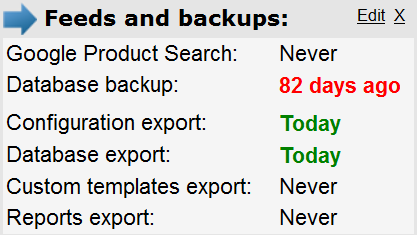Watch Out for the Hype
Just over a week ago I attended my high school class reunion. Growing up in Vermont, I attended a small school where there were only 90 of us in the graduating class. In an effort to reach as many of the former classmates as possible, the reunion committee used e-mail to get the word out about the reunion. I offered to set up a Facebook group page, figuring that most of my class, like me, would be on Facebook and like me, they’d want to upload and share old reunion and high school photos on the group page. After all, there are nearly 126 million Facebook users in the US. As of the start of 2010, the US has a population of nearly 310 million. That means that at least 40% of the US is on Facebook! The percentage is probably even higher if you were to remove children from that population count.
Based on those figures, I expected a fair number of classmates to join the group. Instead, only 16 joined the group, which worked out to be a rather disappointing 18% of my classmates. In fact, I had to prod a few classmates that I knew were on Facebook just to reach that number! They said they were busy and only occasionally checked Facebook. Imagine that, a life outside of Facebook!
Now, you may be thinking that those of my generation are not very technical, so it’s no surprise that the percentage of my classmates using Facebook is so low. Then I thought of my three college-age children. While all three of them are on Facebook, one of my daughters rarely uses it. She is someone that sends text messages all the time, but Facebook has never held much interest for her.
What does all this have to do with merchants? It reaffirms that you cannot rely on one channel to reach your customers. Facebook is only one of several channels that are available to use (see my post Unlike FIFA You Should Use Technology.) Some people will be easily reachable by Facebook, while others rely on Twitter or e-mail or search engines or even costlier channels like local ads or direct mail for contact. The press likes to tout the newest, coolest thing. But, even if a technology has a large number of users, it does not mean that your potential customers are actively using it or that it is even an appropriate channel for reaching them. Take the hype with a grain of salt and use all of the appropriate channels that you can.




